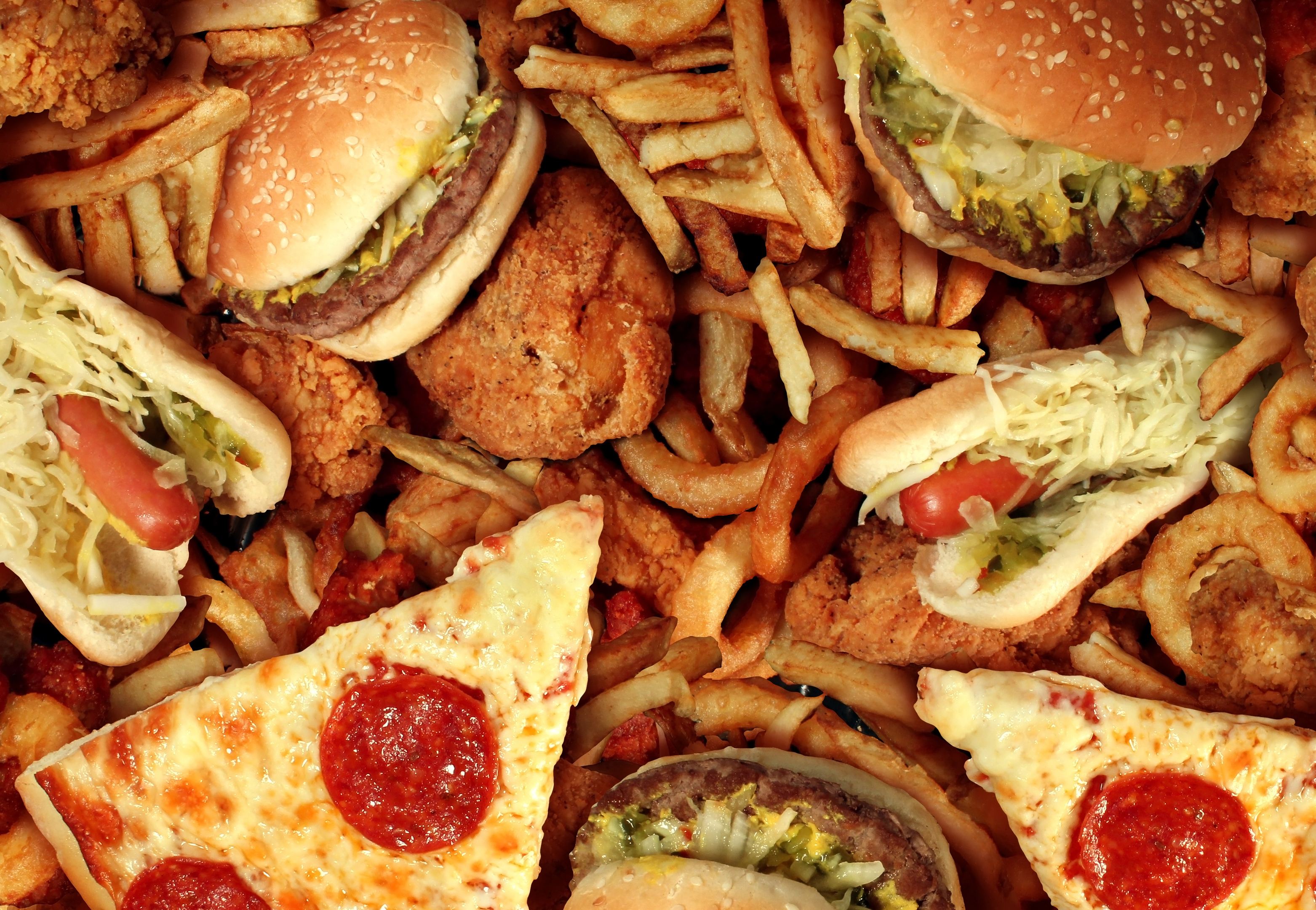
NEW rules banning junk food advertising across all children’s media – including online and social – are coming into effect as part of efforts to tackle childhood obesity.
Ads for food or drink high in fat, salt or sugar (HFSS) must no longer appear from Saturday across all non-broadcast media targeted at under-16s under the rules drawn up by the Committee of Advertising Practice (CAP).
The changes bring media such as print, cinema and, crucially, online and social media, into line with television, where strict regulation prohibits the advertising of unhealthy food to children.
They ban ads that directly or indirectly promote an HFSS product from appearing in children’s media or other media where children make up more than 25% of the audience.
The new restrictions also apply to TV-like content online, such as on video-sharing platforms or ‘advergames’, if they are directed at or likely to appeal particularly to children.
CAP said shifting media habits among young people and evolving advertising techniques had fundamentally changed children’s relationship with media.
Latest Ofcom figures show that young people aged between five and 15 now spend about 15 hours each week online, overtaking the time they spend watching a TV set.
CAP chairman James Best said: “These measures demonstrate the advertising industry’s continuing commitment to putting the protection of children at the heart of its work.
“The new rules will alter the nature and balance of food advertising seen by children and play a meaningful part in helping change their relationship with less healthy foods.”
Food and Drink Federation director general Ian Wright said the industry group “fully supported” the “landmark move”.
However the Obesity Health Alliance, a coalition of more than 40 national health charities, campaign groups and Royal Medical Colleges, said the new rules were only a “small step in the right direction”.
It said: “For too long children have been relentlessly bombarded with junk food adverts online, on billboards outside schools and at the cinema.
“But just like the problems with current TV rules, we are concerned they don’t go far enough and loopholes mean they only apply when over 25% of the audience is children.
“This will be impossible to monitor and mean millions of children will still be exposed to adverts which we know leads them to unhealthy food choices. We need rules that are fit for purpose and reflect the way our children watch and engage with media online and on TV.”
Malcolm Clark, co-ordinator of the Children’s Food Campaign, said the online sphere remained a major area of concern, and packaging, in-store promotion and sponsorship deals were all still not covered.
Mr Clark said: “Past experience suggests that we will have a busy time ahead keeping a close eye on advertisers, submitting complaints and challenging the Advertising Standards Authority to clarify the grey areas and close down the loopholes.”

Enjoy the convenience of having The Sunday Post delivered as a digital ePaper straight to your smartphone, tablet or computer.
Subscribe for only £5.49 a month and enjoy all the benefits of the printed paper as a digital replica.
Subscribe